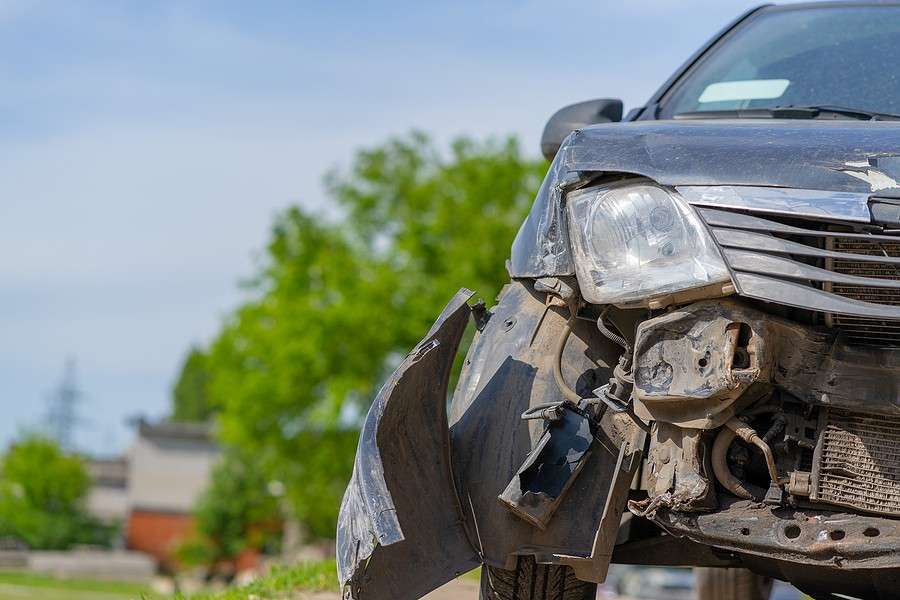At some point in your car's lifetime, you may encounter frame damage. It's a common issue, especially after accidents. Frame damage occurs when there is any kind of structural harm done to your car, specifically to the chassis or frame.
Signs of Frame Damage
The best way to tell if your car has suffered frame damage is to look for some telltale signs, including:
- Visible deformation or crumpling of the chassis or frame
- Poor wheel alignment
- Uneven gaps between doors, fenders, and the hood
- Squeaking or rattling sounds while driving
- Misaligned suspension
Consequences of Frame Damage
If left unaddressed, frame damage can lead to further damage and reduced safety. Some potential consequences of frame damage include:
- Reduced crash protection
- Reduced fuel efficiency
- Impaired handling and steering
- Difficulty in wheel alignment
- Decreased resale value
Repairing Frame Damage
Depending on the severity of the damage, repairing a frame can range from a simple fix to a complete overhaul. Some common methods of frame repair include:
- Traditional frame straightening: This process involves using hydraulic presses to bend and shape the frame back into its original shape.
- Structural repair: This involves replacing or repairing parts of the frame or chassis that are damaged beyond repair.
- Frame replacement: In cases of severe damage, the entire frame may need to be replaced.
Preventing Frame Damage
While accidents can happen at any time, there are some precautions you can take to prevent frame damage, including:
- Driving safely and responsibly
- Regular maintenance and checkups
- Properly securing loads and cargo
- Avoiding extreme weather conditions
- Addressing any warning signs of frame damage early on
How to Identify Frame Damage?
While some signs of frame damage are visible, such as crumpling or deformation of the frame, there are some that may be less apparent. Here are some additional signs to look out for:
- Poor vehicle handling, such as the car drifting or pulling to one side
- Uneven tire wear or a vibrating steering wheel
- Problems with alignment, such as the steering wheel being off-center or the car pulling to one side
- Doors or windows that are difficult to close or have gaps
- Fluid leaks, which may be indicative of damage to the engine or other components
It's important to keep in mind that even if the signs of frame damage aren't immediately visible, they can still impact the safety and performance of your vehicle.
Can Frame Damage be Repaired?
The extent to which frame damage can be repaired depends on the severity of the damage. In some cases, traditional frame straightening methods can be used to restore the frame to its original shape. In other cases, more extensive repairs or even a frame replacement may be necessary.
It's important to note that frame repair can be a time-consuming and expensive process, and it may not always be possible to restore the vehicle to its pre-accident condition. It's always best to consult with a professional auto body shop to determine the best course of action for your specific situation.
What Should You Do if You Suspect Frame Damage?
If you suspect that your vehicle has suffered frame damage, it's important to take it to a reputable auto body shop as soon as possible. A professional mechanic can evaluate the extent of the damage and recommend the best course of action. It's important not to continue driving the vehicle until the damage has been addressed, as it can put your safety and the safety of others at risk.
Conclusion
In conclusion, frame damage is a serious issue that can impact the safety, performance, and value of your vehicle. By being aware of the signs of frame damage and taking the necessary precautions to prevent it, you can help ensure that your vehicle stays in optimal condition. If you do suspect frame damage, it's important to seek professional help as soon as possible to prevent further damage and ensure the safety of everyone on the road.



